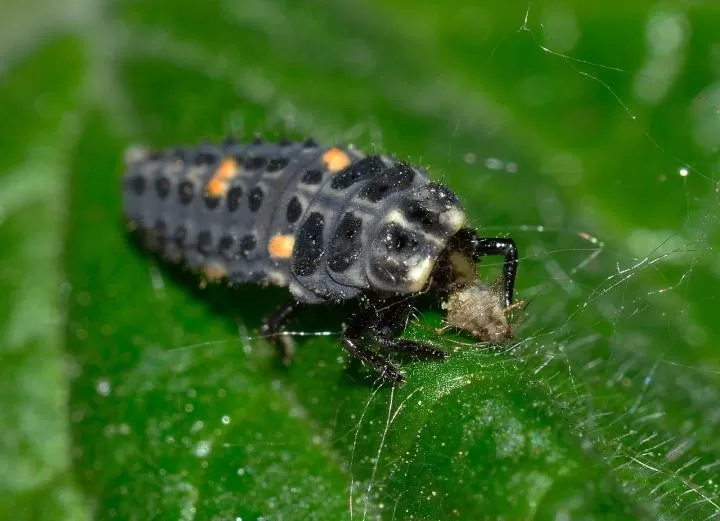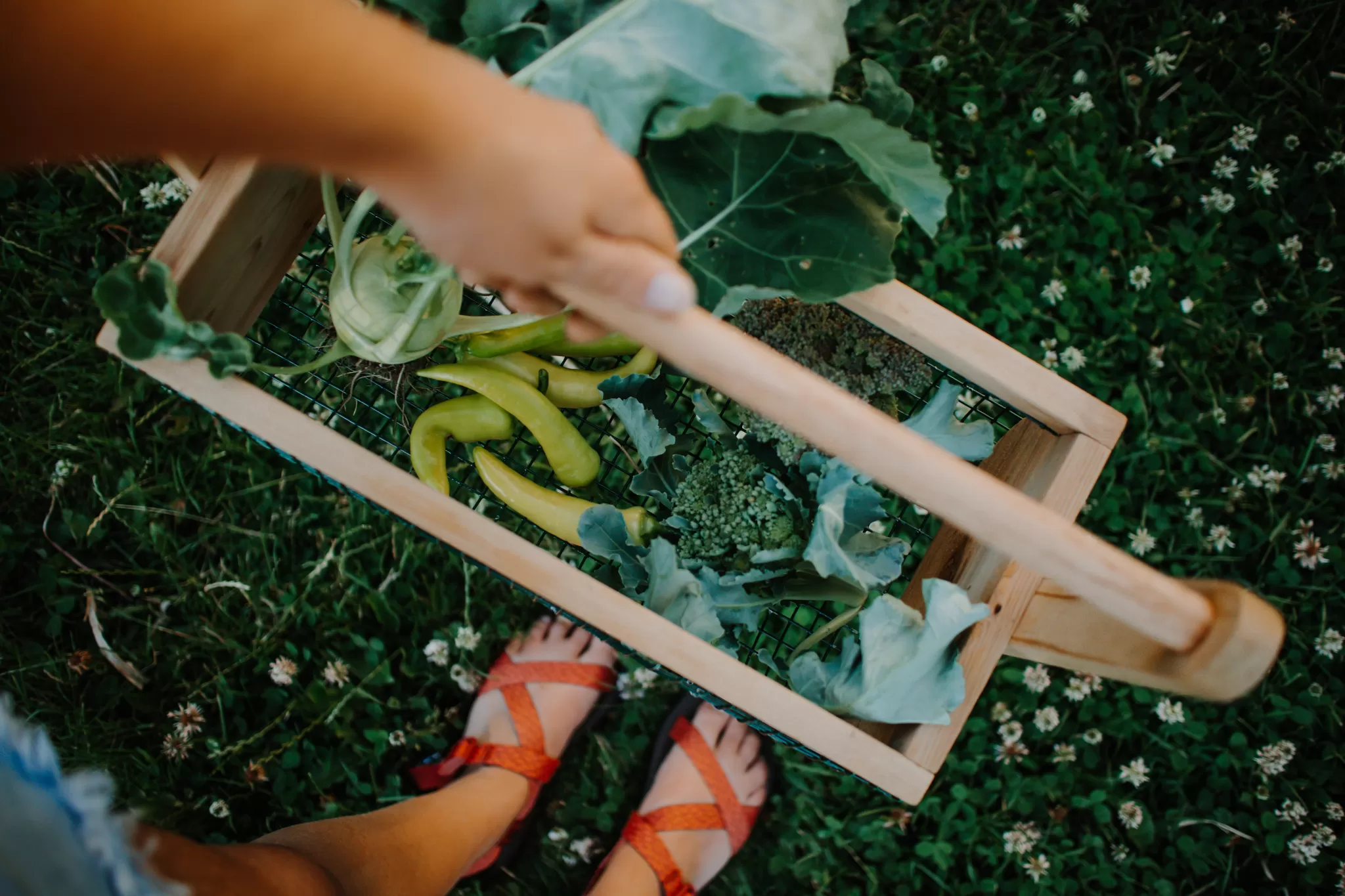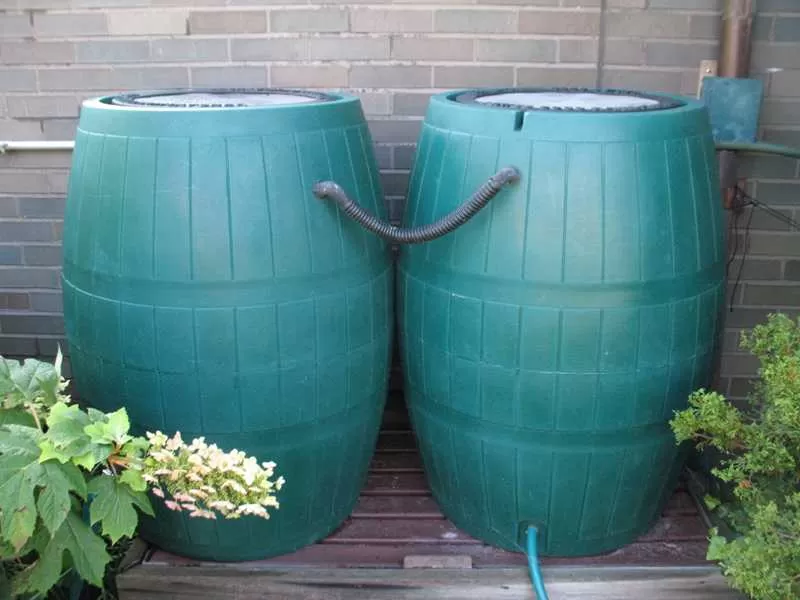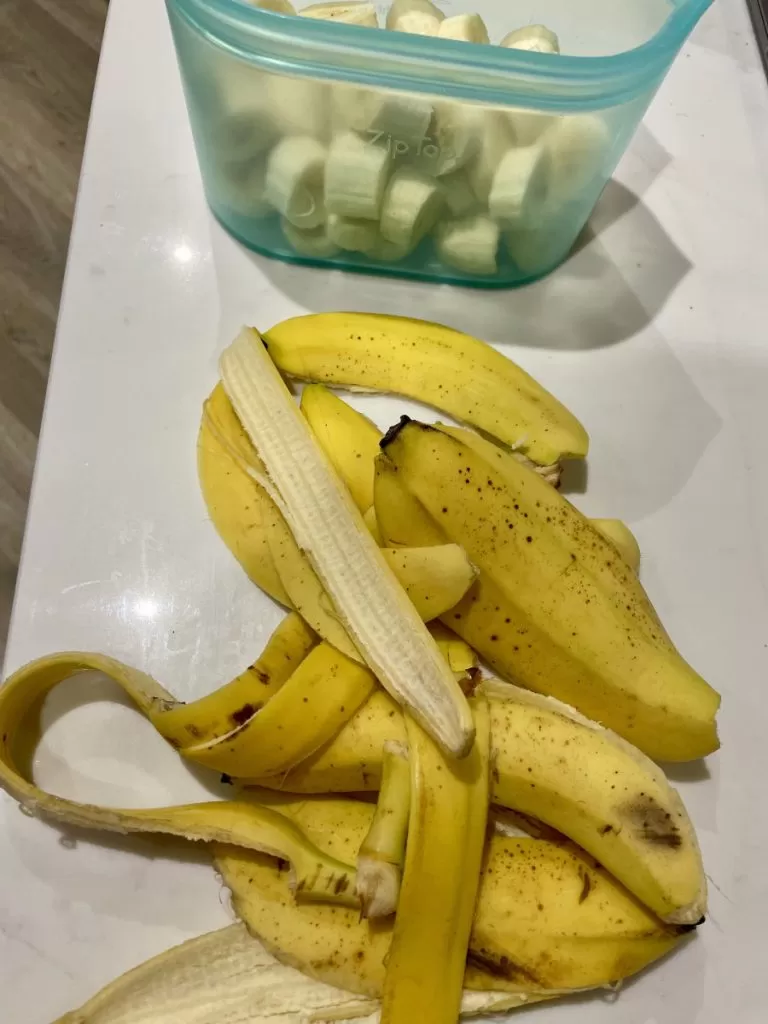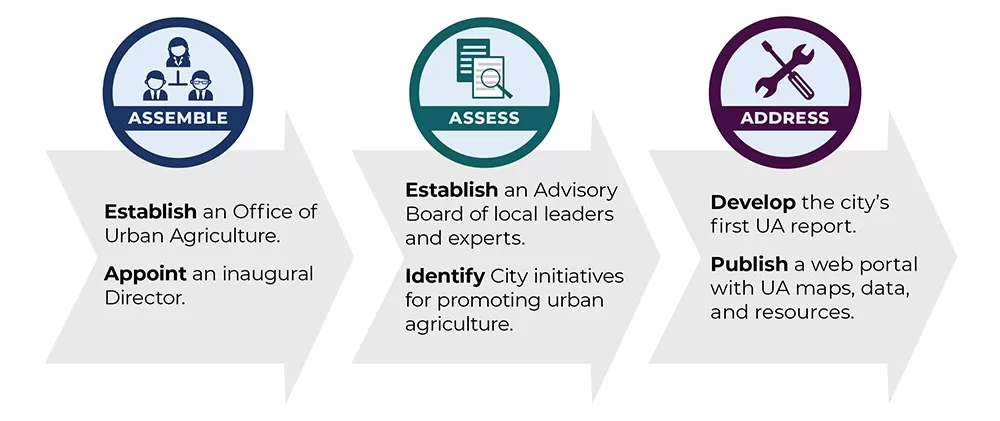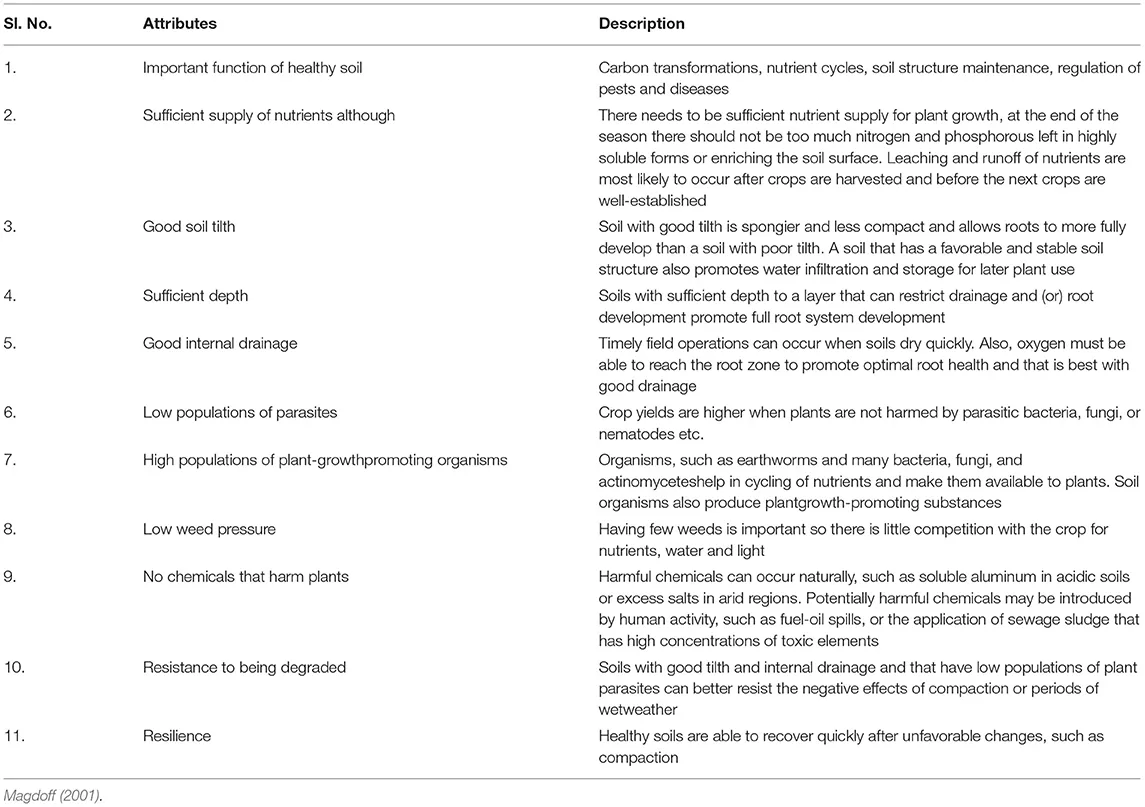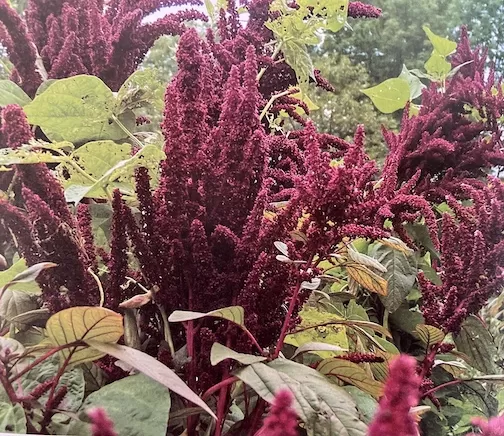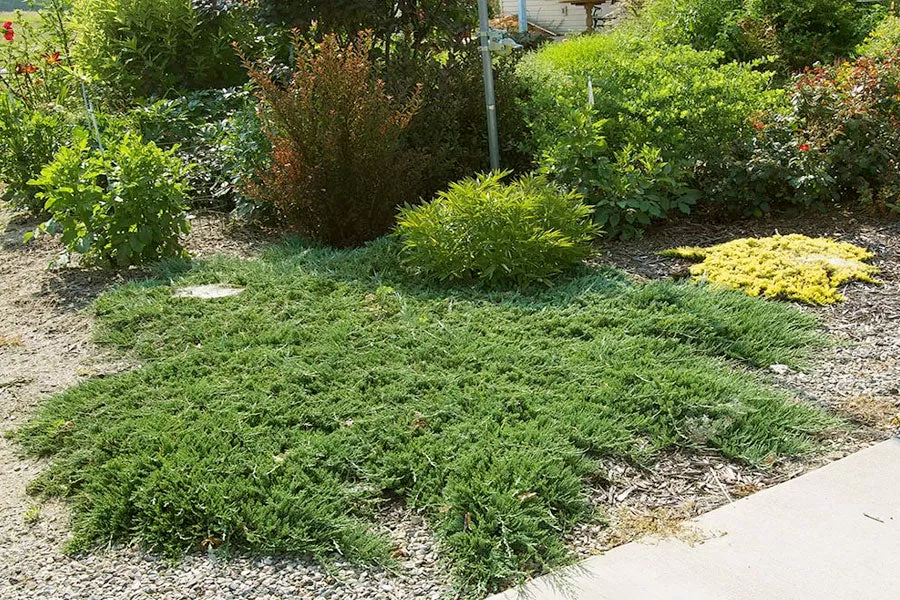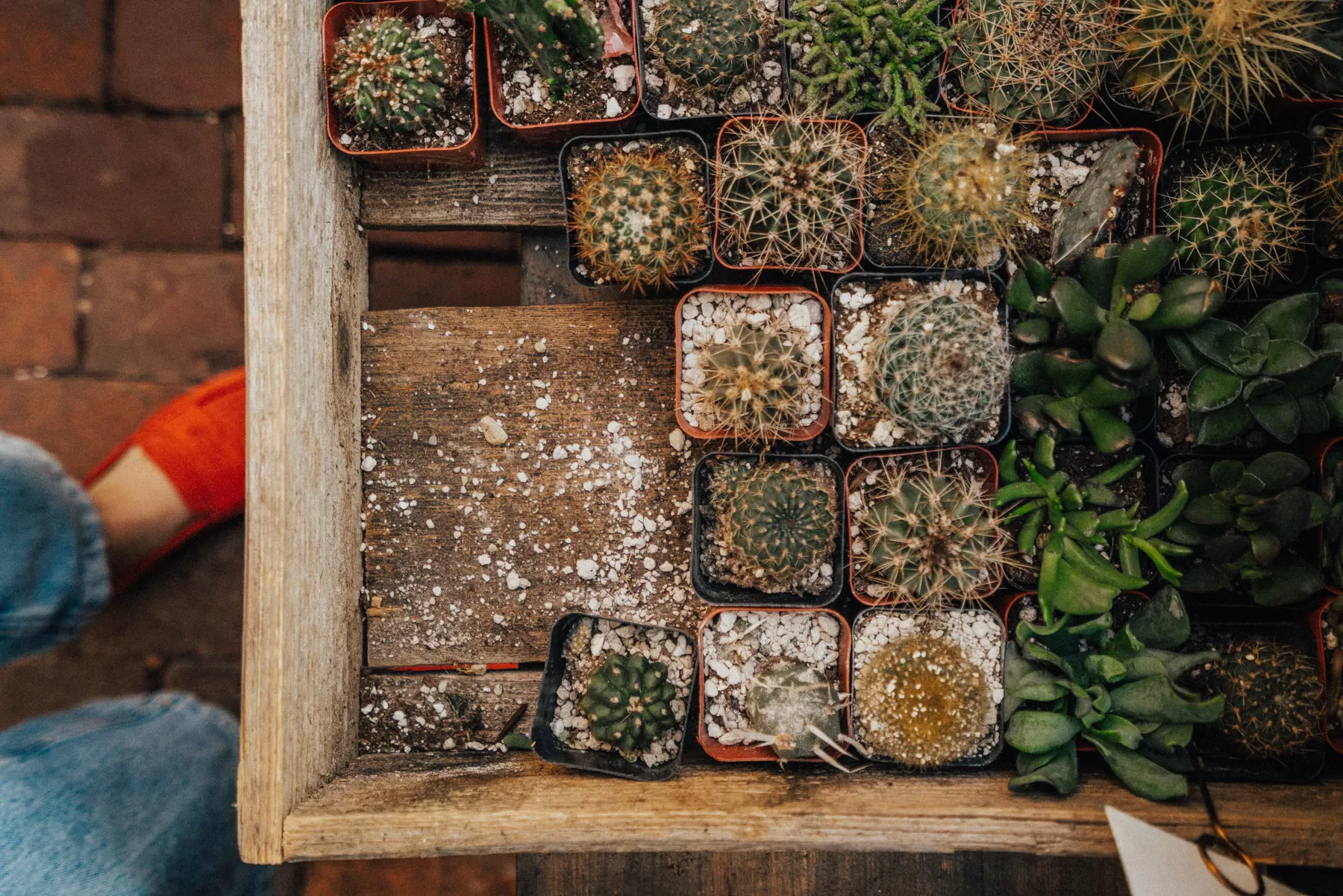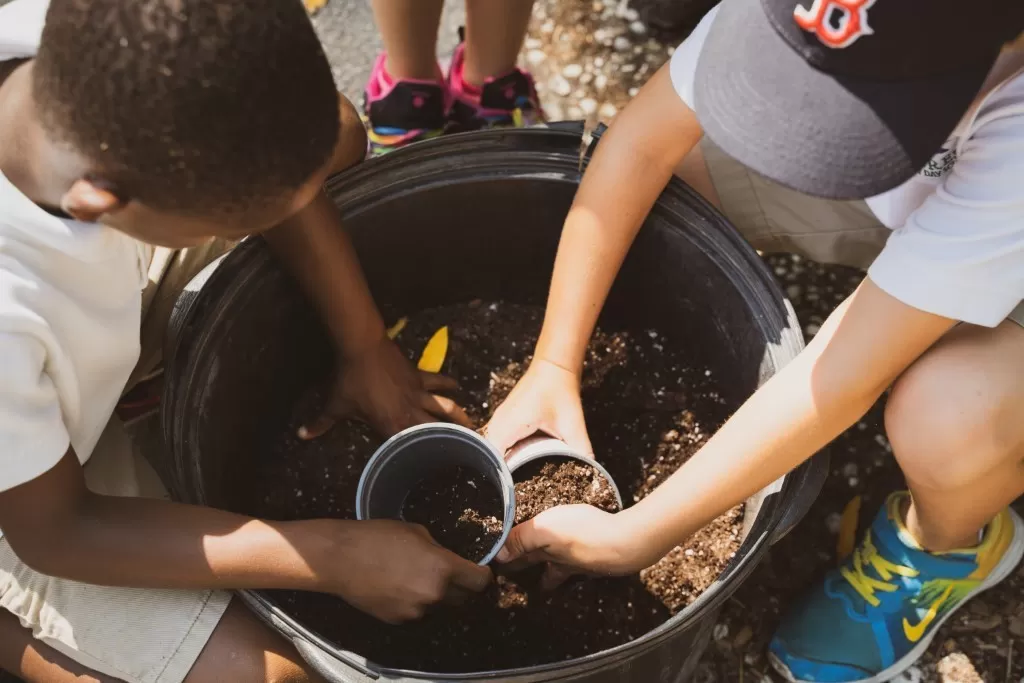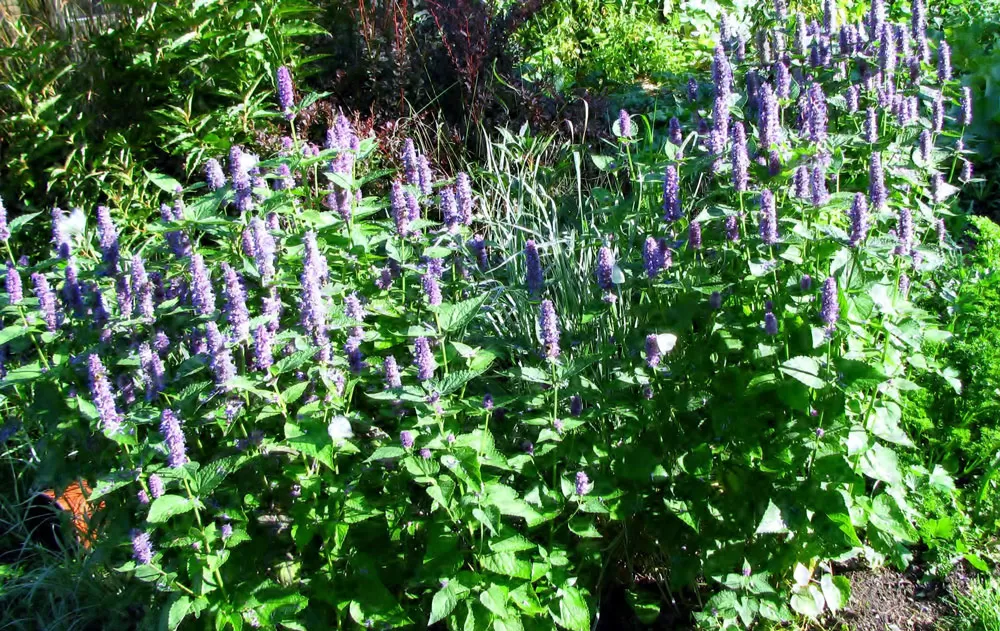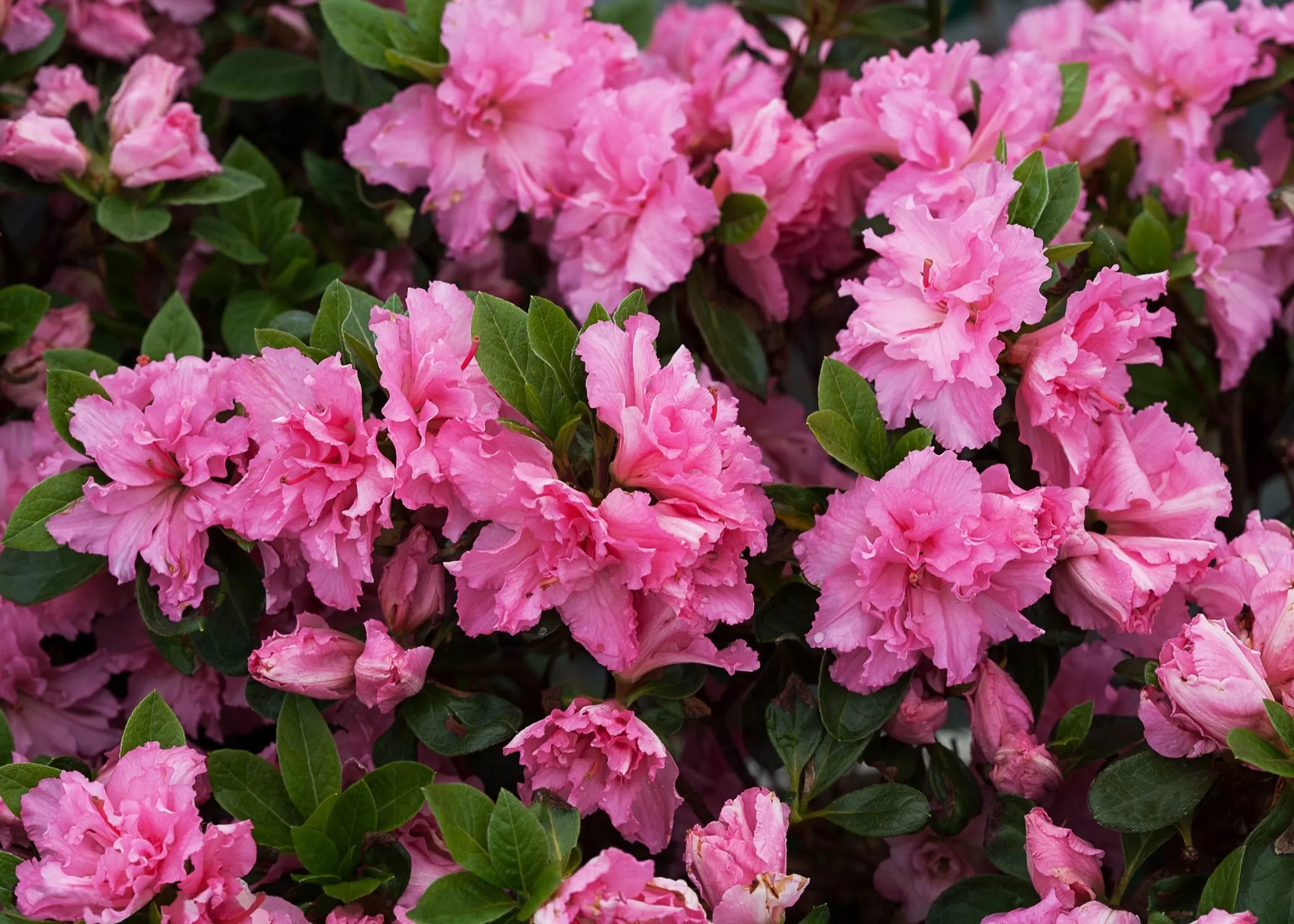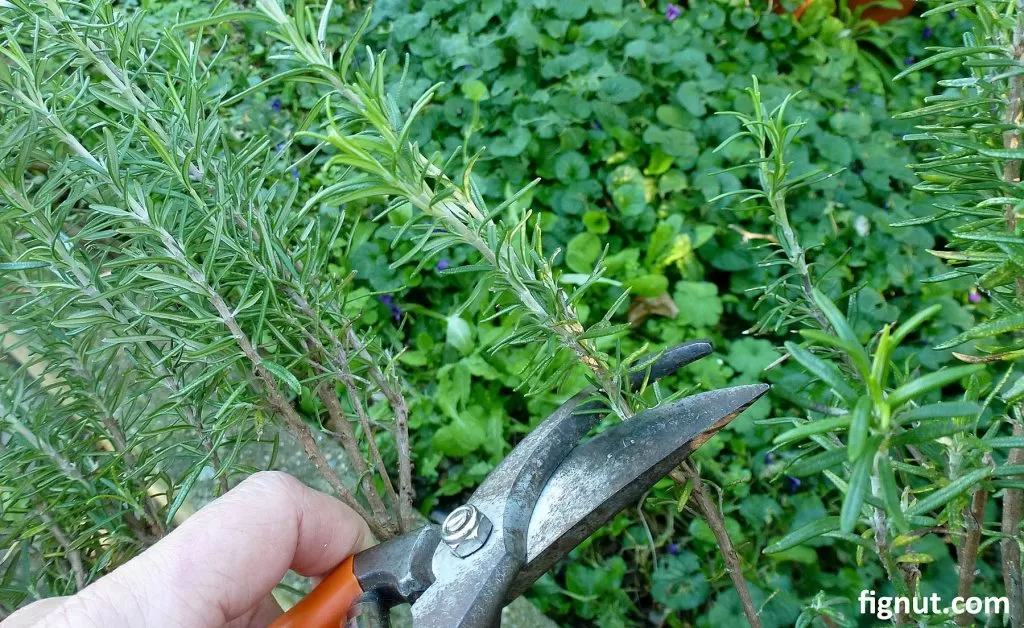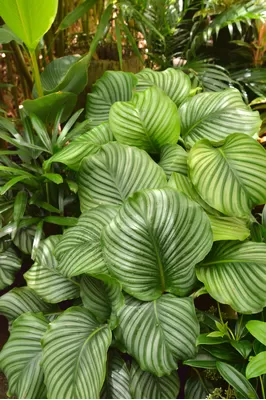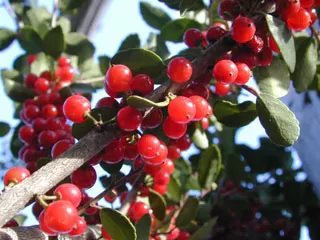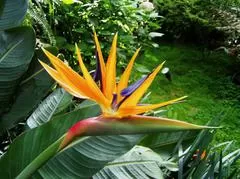- Key Takeaways:
- Chili plants are heavy feeders and require consistent fertilization for optimal growth and fruit production.
- Nutrient needs change throughout the chili plant’s life cycle, from leafy growth to flowering and fruiting.
- Understanding NPK ratios (Nitrogen, Phosphorus, Potassium) helps in selecting the right fertilizer.
- Both organic and synthetic fertilizers can be effective; the choice depends on your gardening philosophy.
- Regular feeding, especially during flowering and fruiting, is crucial for a bountiful harvest and can help prevent issues like blossom end rot.
Welcome, fellow spice enthusiasts, to The Little Garden! We know the thrill of watching those first tiny chili peppers appear, promising a season of fiery flavor. As a long-time chili grower myself, I’ve learned that one of the biggest secrets to a truly spectacular harvest isn’t just sunshine and water—it’s providing the best fertilizer for chili plants at the right time. It’s like giving your plants a gourmet meal tailored to their needs, encouraging them to produce an abundance of vibrant, delicious peppers. Let’s dive into how you can fuel your chili plants for success!
Contents
- Why Your Chili Plants Crave the Right Fuel
- Decoding Chili Plant Nutrition: NPK and Beyond
- The Big Three: Nitrogen (N), Phosphorus (P), Potassium (K) Explained
- Micronutrients: The Unsung Heroes
- The Chili Plant Lifecycle: Tailoring Fertilizer to Each Stage
- Sprouting Stars: Fertilizing Chili Seedlings
- Young Transplants: Building a Strong Foundation
- Blooming & Fruiting: The Grand Finale Boost
- Choosing the Best Fertilizer for Your Chili Plants: Options Galore!
- Granular vs. Liquid: What’s the Difference?
- Organic vs. Synthetic: A Gardener’s Choice
- Top Picks & Recommendations
- DIY Delights: Homemade Chili Fertilizer
- How and When to Feed Your Fiery Friends
- Meet the Star: The Chili Pepper Plant
- Common Chili Fertilizing Pitfalls (and How to Avoid Them)
- Time to Spice Things Up!
Why Your Chili Plants Crave the Right Fuel
Chili peppers, in all their glorious varieties, are known as “heavy feeders.” This means they have a hearty appetite for nutrients throughout their growing season. Simply relying on the existing soil, especially in pots or containers, often isn’t enough to satisfy their needs for producing lush foliage and, most importantly, a bumper crop of chilies.
Proper fertilization offers a cascade of benefits:
- Vigorous Growth: Strong stems and healthy leaves are the foundation for a productive plant.
- Abundant Flowers and Fruits: The right nutrients trigger and support the development of numerous flowers, which then turn into peppers.
- Improved Fruit Quality: Well-nourished plants often produce larger, more flavorful, and sometimes even spicier peppers.
- Enhanced Plant Resilience: Plants with adequate nutrition are generally better equipped to fend off pests and diseases.
Taking the time to understand and provide the best fertilizer for your chili plants will undoubtedly reward you with a fantastic crop.
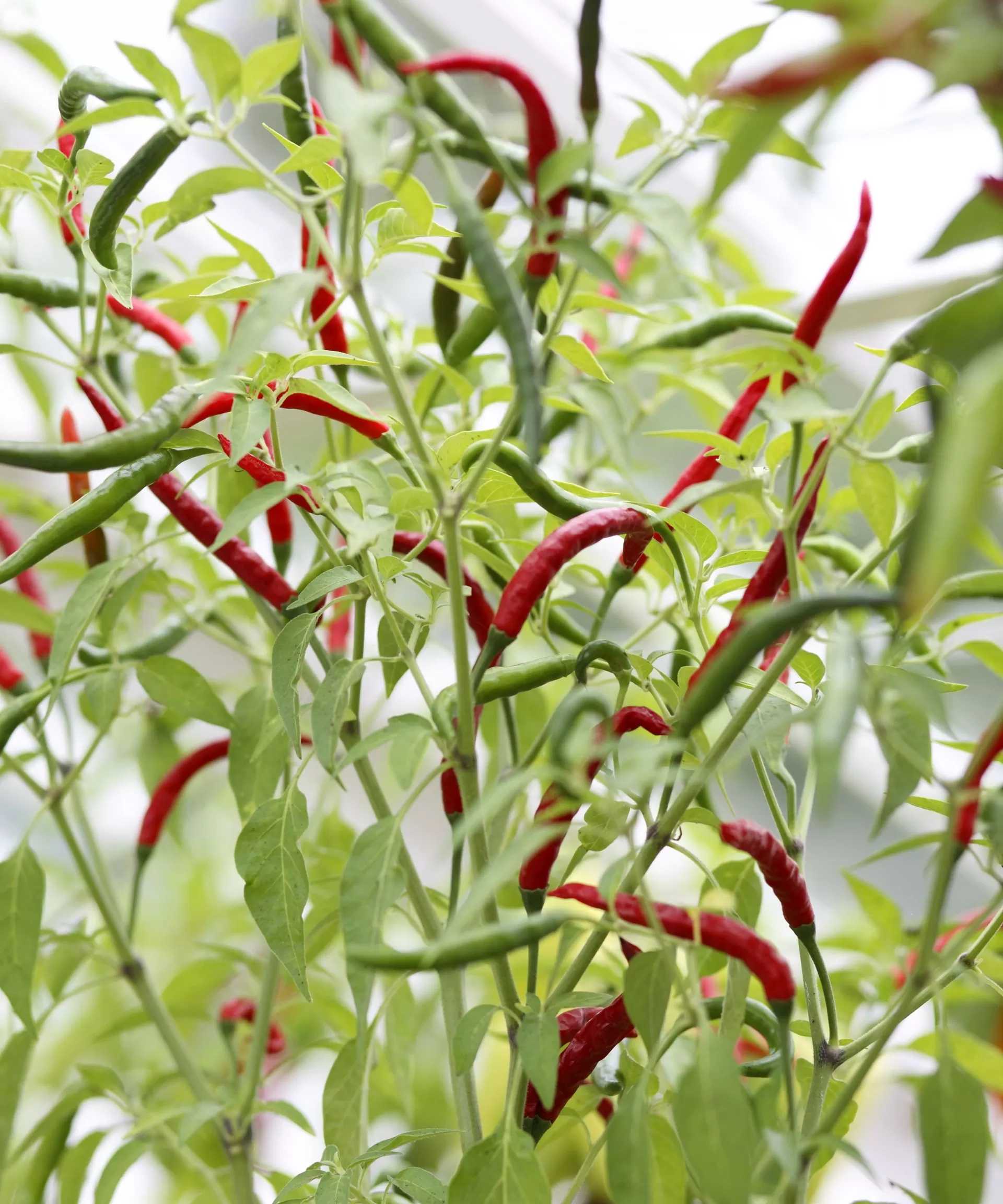 Vibrant red and green chili peppers thriving on a healthy, well-fed plant in a garden setting.
Vibrant red and green chili peppers thriving on a healthy, well-fed plant in a garden setting.
Decoding Chili Plant Nutrition: NPK and Beyond
When you look at fertilizer packaging, you’ll see three prominent numbers. This is the NPK ratio, representing the percentage of Nitrogen (N), Phosphorus (P), and Potassium (K)—the three primary macronutrients plants need.
The Big Three: Nitrogen (N), Phosphorus (P), Potassium (K) Explained
- Nitrogen (N): This is all about leafy green growth. In the early stages, chili plants need a good supply of nitrogen to develop strong stems and abundant leaves, which are essential for photosynthesis.
- Phosphorus (P): Think roots, flowers, and fruit! Phosphorus plays a critical role in root development, flower formation, and fruit set. It’s vital for energy transfer within the plant.
- Potassium (K): This is the all-rounder for plant health and vigor. Potassium helps with disease resistance, water regulation, and overall fruit quality, including flavor and ripening.
Micronutrients: The Unsung Heroes
Beyond NPK, chili plants also require smaller amounts of micronutrients like calcium, magnesium, and sulfur. Calcium, for example, is crucial for preventing blossom end rot, a common issue where the bottom of the pepper turns brown and rots due to a calcium deficiency often exacerbated by inconsistent watering.
The Chili Plant Lifecycle: Tailoring Fertilizer to Each Stage
Just like us, chili plants have different dietary needs as they grow. Providing the right nutrients at the right time is key.
Sprouting Stars: Fertilizing Chili Seedlings
Young seedlings generally don’t need immediate fertilization if you’ve started them in a good quality seed-starting mix. This mix usually contains enough nutrients for their initial growth spurt. Over-fertilizing tiny seedlings can actually harm their delicate roots. Once they have a few sets of true leaves, you can consider a very dilute, balanced liquid fertilizer if they seem to be struggling.
Young Transplants: Building a Strong Foundation
When you transplant your chili seedlings into larger pots or their final garden spot, it’s a good time to give them a boost. I always like to mix a bit of well-rotted compost into the planting hole. You can also incorporate a balanced, slow-release granular fertilizer. Some gardeners prefer a slightly higher nitrogen content at this stage to encourage robust vegetative growth. Something like an organic all-purpose vegetable fertilizer works well.
Blooming & Fruiting: The Grand Finale Boost
This is where the magic happens! Once your chili plants start to flower, their nutrient needs shift. Now, they require less nitrogen and more phosphorus and potassium to support flower development and abundant fruit production. This is when you’ll want to switch to a fertilizer with an NPK ratio like 5-10-10. Liquid fertilizers, such as a good quality tomato feed or a liquid seaweed fertilizer, are excellent choices during this phase as they are absorbed quickly by the plants. I typically feed my fruiting chilies with a liquid fertilizer every one to two weeks, and the results are always a sight to behold – branches heavy with peppers!
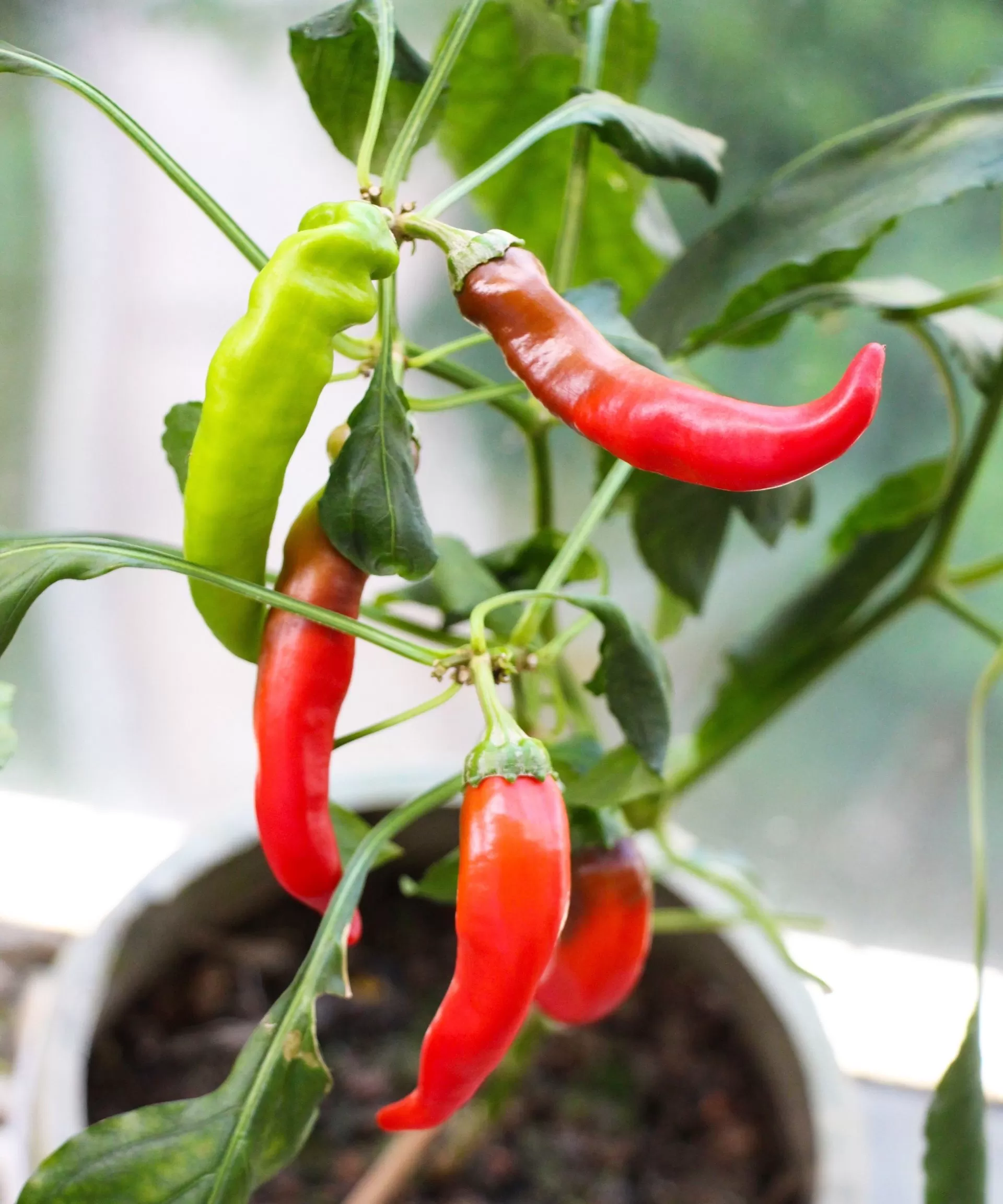 Close-up of glossy red chili peppers ripening on the vine, showcasing the results of proper plant nutrition.
Close-up of glossy red chili peppers ripening on the vine, showcasing the results of proper plant nutrition.
Choosing the Best Fertilizer for Your Chili Plants: Options Galore!
The shelves, both physical and virtual, are brimming with fertilizer options, which can feel overwhelming. Let’s break down some common types.
Granular vs. Liquid: What’s the Difference?
- Granular Fertilizers: These come in dry, pellet, or powdered form. They are typically scattered on the soil surface or mixed in and release nutrients slowly over time as they break down. They are great for providing a steady supply of food.
- Liquid Fertilizers: These are either sold as a concentrate to be diluted with water or as a ready-to-use spray. They provide a quick nutrient boost as they are readily available to the plant roots. Ideal for regular feeding during peak growth or fruiting.
Organic vs. Synthetic: A Gardener’s Choice
- Organic Fertilizers: Derived from natural sources like compost, manure, bone meal, blood meal, fish emulsion, and seaweed. They often improve soil structure in addition to feeding plants. They release nutrients more slowly as soil microbes break them down.
- Synthetic Fertilizers: These are manufactured from chemical compounds. They typically offer a more precise and concentrated dose of nutrients and are often faster-acting.
Many gardeners find success with a combination. For instance, amending the soil with compost (organic) and then using a targeted liquid synthetic or organic fertilizer during fruiting.
Top Picks & Recommendations
For the early vegetative stage, a balanced fertilizer (e.g., 10-10-10) or one slightly higher in nitrogen is good. Blood meal is an organic option for a nitrogen boost.
Once flowering begins, switch to a “bloom” or “fruiting” formula, often marketed as tomato fertilizer, with higher phosphorus and potassium (e.g., 5-10-10). Liquid seaweed extracts are fantastic all-around conditioners, rich in micronutrients.
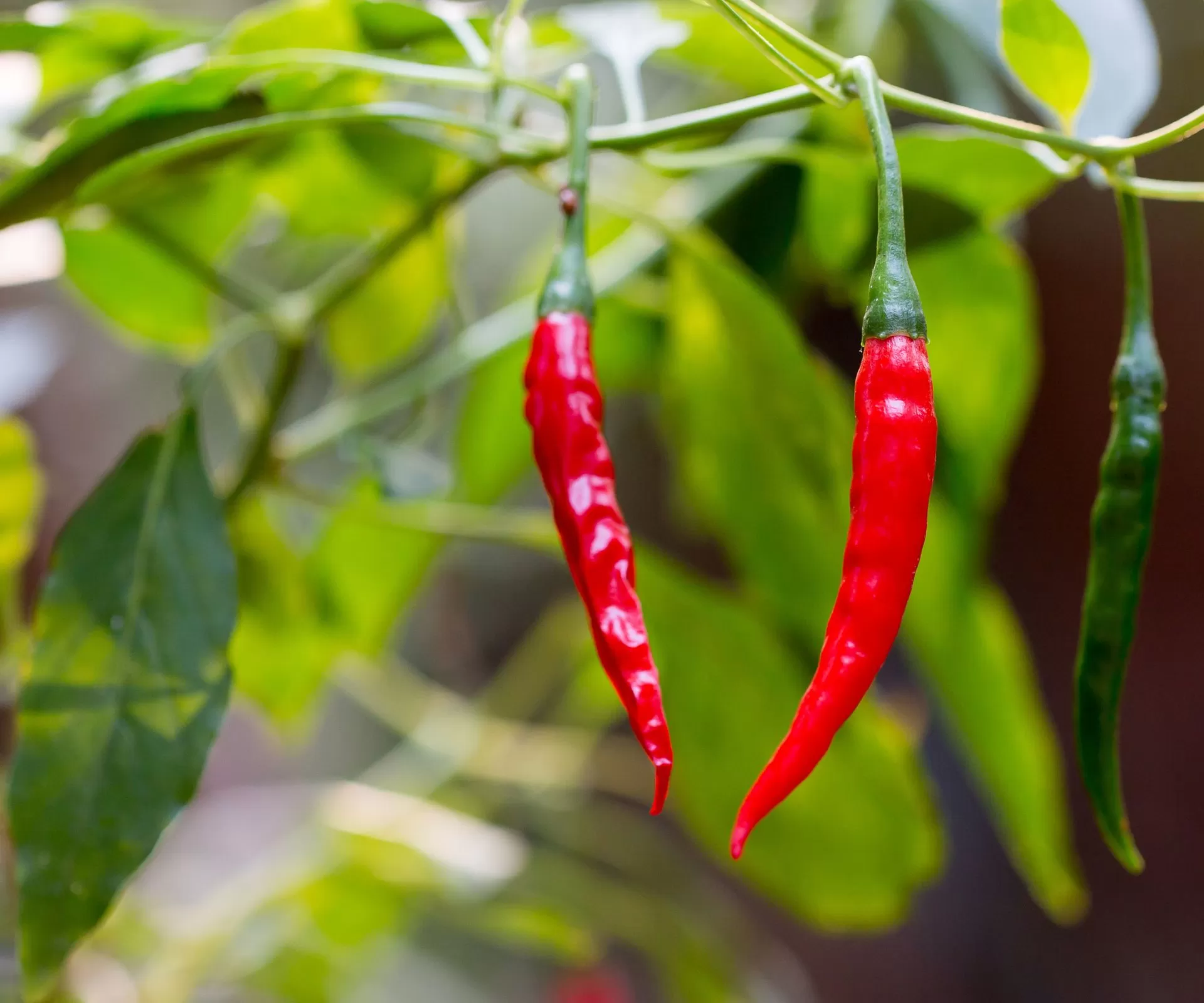 Abundant clusters of bright red chili peppers on a lush plant, highlighting the benefits of consistent fertilization for a bountiful harvest.
Abundant clusters of bright red chili peppers on a lush plant, highlighting the benefits of consistent fertilization for a bountiful harvest.
DIY Delights: Homemade Chili Fertilizer
You can also make your own plant food!
- Compost Tea: Steep finished compost in water for a nutrient-rich liquid feed.
- Comfrey Tea: Comfrey leaves are rich in potassium and make an excellent feed for fruiting plants. Simply steep the leaves in water for a few weeks, then dilute the (smelly but effective!) concentrate.
- Worm Castings: These are a powerhouse of nutrients and beneficial microbes. Mix into soil or make a tea.
One popular liquid concentrate option for overall growth is Fox Farm Grow Big, which is designed to enhance plant size and structure, paving the way for more abundant fruit development.
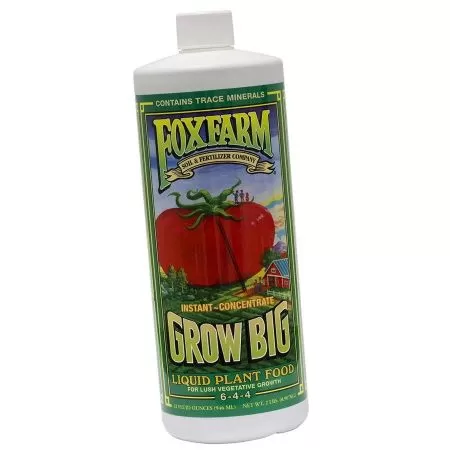 Bottle of Fox Farm Grow Big liquid concentrate fertilizer, a popular choice for nourishing chili plants for vigorous growth and fruit production.
Bottle of Fox Farm Grow Big liquid concentrate fertilizer, a popular choice for nourishing chili plants for vigorous growth and fruit production.
How and When to Feed Your Fiery Friends
Before you start any fertilizing regimen, especially if you’re planting in the ground, consider doing a soil test. This will give you a clear picture of your soil’s current nutrient levels and pH, helping you fertilize more effectively.
- Transplanting: Mix slow-release fertilizer or compost into the soil.
- Established Plants (Pre-flowering): If using granular, follow package directions, usually every 4-6 weeks. If liquid, a balanced feed every 2-3 weeks.
- Flowering and Fruiting: Switch to a high-potassium liquid feed every 1-2 weeks. Always water your plants before applying liquid fertilizer to avoid root burn.
- Read the Label: This is crucial! Follow the application rates and frequency recommended on the fertilizer packaging. More is not always better and can lead to nutrient burn.
- Observe Your Plants: They will often tell you what they need. Yellowing leaves can indicate a nitrogen deficiency (or overwatering), while stunted growth might signal a broader nutrient issue.
Meet the Star: The Chili Pepper Plant
To best care for your chilies, it helps to know a little about them!
- Scientific Name: Capsicum spp. (This genus includes many species and thousands of cultivars, from sweet bell peppers to fiery habaneros)
- Common Name: Chili Pepper, Chilli, Aji (depending on region and variety)
- Zone: Typically grown as annuals in most temperate climates. Can be perennial in USDA zones 9-11 or if overwintered indoors.
- Light: Full sun is a must – at least 6-8 hours of direct sunlight per day for the best fruit production.
- Humidity: Moderate humidity is preferred. Very high humidity can sometimes encourage fungal issues.
- Water: Consistent watering is key, especially during fruit development. Allow the top inch or so of soil to dry out between waterings. Well-drained soil is essential to prevent root rot.
Common Chili Fertilizing Pitfalls (and How to Avoid Them)
- Too Much Nitrogen: This leads to a beautiful, bushy green plant with lots of leaves but very few flowers or fruits. It’s a common mistake, especially if you continue using a high-nitrogen fertilizer into the fruiting stage.
- Nutrient Burn: Applying too much fertilizer, or applying it too concentrated, can scorch the plant’s roots and leaves. Always follow dosage instructions.
- Ignoring Soil pH: Chilies generally prefer slightly acidic to neutral soil (pH 6.0-7.0). If the pH is too far off, plants can’t absorb nutrients efficiently, even if they’re present in the soil.
- Forgetting Micronutrients: Issues like blossom end rot (often a calcium uptake problem) can ruin your precious peppers. Some fertilizers include micronutrients, or you might need specific supplements like Cal-Mag if you notice deficiencies.
A little side note: some growers intentionally stress their chili plants (e.g., by slightly underwatering or under-fertilizing) to increase the capsaicin levels, making the peppers hotter. This often results in a smaller overall yield, so it’s a trade-off to consider if extreme heat is your primary goal. Personally, I aim for a balance of good heat and a generous harvest!
Time to Spice Things Up!
Nourishing your chili plants with the right fertilizer at the right time is a game-changer, transforming hopeful seedlings into prolific producers of fiery pods. It’s a journey of observation and learning, and the rewards – those delicious, home-grown chilies – are well worth the effort.
We hope this guide helps you on your quest for the best fertilizer for chili plants and a truly blazing harvest. What are your go-to chili fertilizers or feeding tips? Share your experiences and questions in the comments below – we love hearing from fellow gardeners! And don’t forget to explore more gardening wisdom here at The Little Garden.

